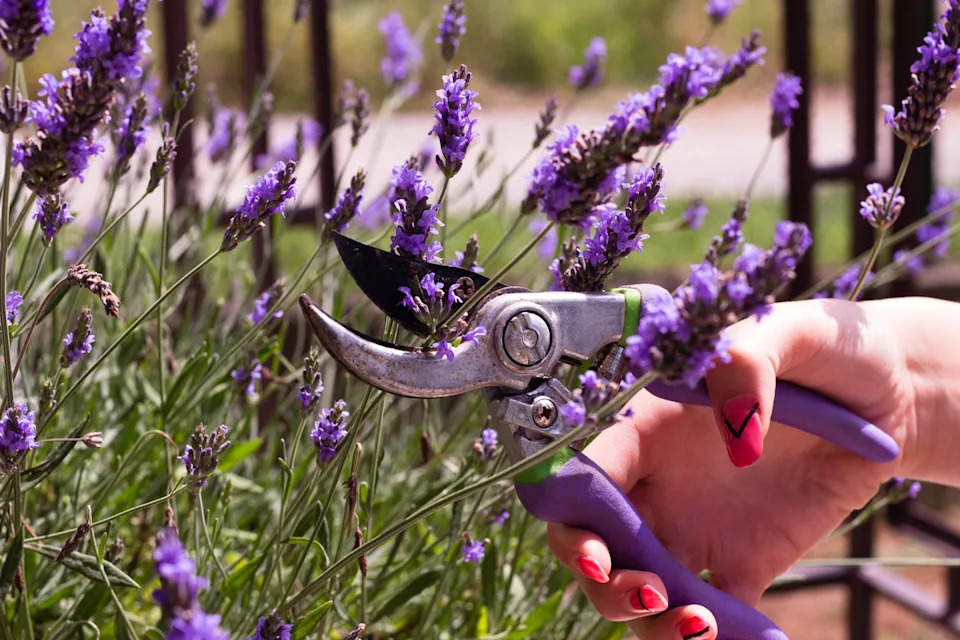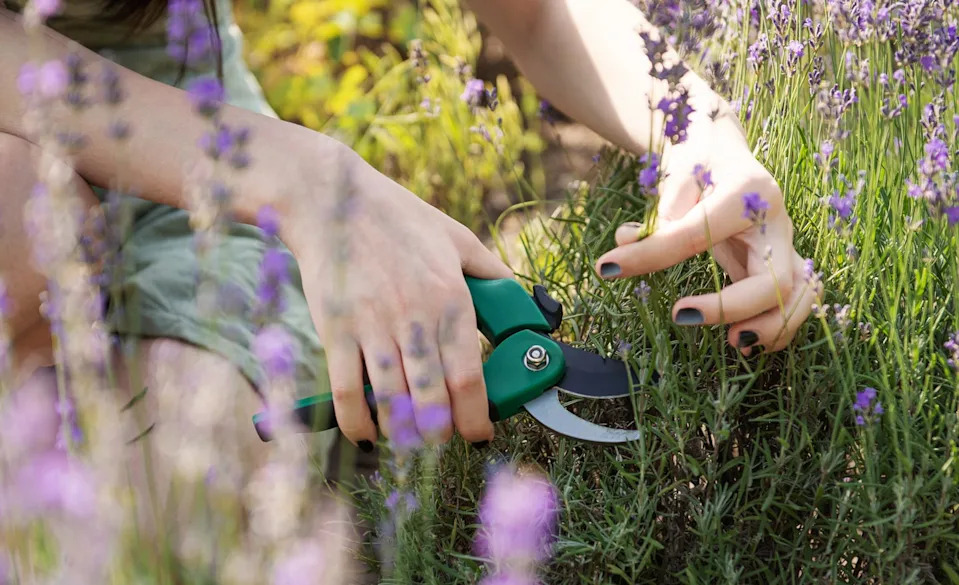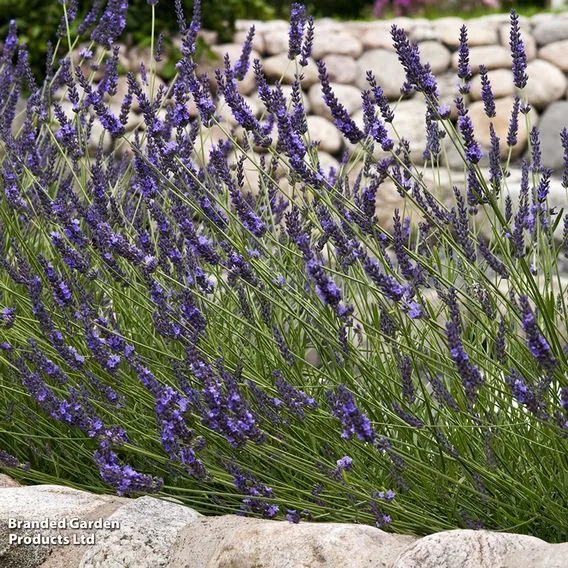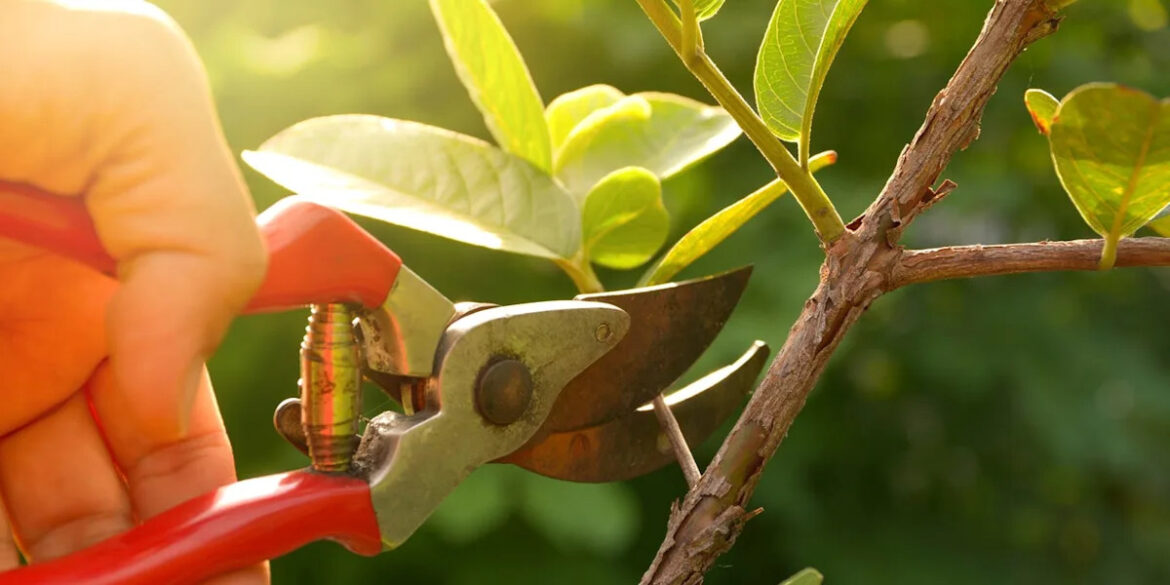Summer is an incredibly busy time for gardeners, with plenty of jobs to keep you on your toes.
Pruning will likely be at the top of your to-do list this month, as plants, hedgerows and bushes continue to thrive, basking in the warm August weather.
But have you heard of the ‘3 Cs of pruning’ rule, and do you know how to apply it to your garden? You’ll find everything you need to know, along with expert-led tips and advice about this garden rule that could help transform your pruning technique.

niksinka/Getty Images
What is the ‘3 Cs of pruning’ rule?
The ‘3 Cs of pruning’ rule usually refers to crossing, competing, and crowding branches, as these are common issues to tackle when pruning trees to ensure healthy growth.
Richard Barker, horticultural expert and commercial director at LBS Horticulture, offers a detailed breakdown of what the 3 Cs of gardening are. Speaking to Country Living, he explains:
“Crossing – crossing branches can rub against each other, which can create wounds and increase the risk of disease. Pruning any crossing branches will improve air circulation and reduce any potential damage they could cause.
“Competing – if two branches are growing in similar directions, they may begin to compete for resources, such as sunlight or nutrients. Removing one of these branches can redirect energy towards the remaining branch instead so it can grow better.
“Crowding – if a tree or shrub has an excessive amount of branches, this can create a dense canopy that can reduce the amount of air and sunlight that is able to penetrate and circulate the plant. Thinning out these branches can improve the health of the tree.”
How to do the 3 Cs of pruning for the best results
Now that you know what the 3 Cs of pruning are, you’ll want to understand how to put them to good use in your garden. Below is each individual step in detail…
Crossing
Richard explains: “Before pruning, you should first identify any crossing branches by visually inspecting the tree or shrub, looking for branches that cross over or rub against each other. Prioritise any branches that are most likely to cause damage or affect the structure of the plant.
“When pruning crossing branches, this should be done carefully so that you do not cause any additional damage to the tree. It is best to prune the tree or shrub when it is dormant, as this will prevent causing additional stress to the plant. Make clean pruning cuts close to the branch collar, being careful not to damage surrounding bark.”
Any pruning cuts should be made at a slight angle so that water is able to drain off, as this can reduce the risk of disease, he explains. You should also avoid removing too many branches at once, as this can stress the plant and affect its health.

Almaje/Getty Images
Competing
When looking to prune competing branches, you should identify which of the branches is stronger or more aligned with the overall desired shape of the plant.
Richards adds: “The weaker branch should be pruned back to the branch collar or nearest side branch, as this will improve the overall structure of the tree.
“If the competing branches are close but not identical, consider the angle of the branches instead, with branches at a wide angle usually being stronger. Repeat this process as needed for any other competing branches.”
Crowding
Firstly, identify any branches that are crossing, rubbing together, or growing inwards towards the tree, as well as any dead or diseased branches.
Richard continues: “If two branches are crowding each other, prune the branch that is less healthy, poorly positioned, or growing in the wrong direction.
“When removing branches, they should be cut back to the nearest healthy bud or the branch collar, not flush with the trunk. In some cases, you may need to reduce the height or spread of a tree or shrub if it is severely overcrowded to improve its structure.”
Now that you know the basics, the 3 Cs of pruning rule should be easily implemented in your own gardens this summer.
Lavandula angustifolia ‘Hidcote’
£15.99 at crocus.co.uk
Lavandula angustifolia ‘Munstead’
£24.98 at sarahraven.com
English LavenderLavender angustifolia
£9.99 at dobies.co.uk
You Might Also Like


Comments are closed.